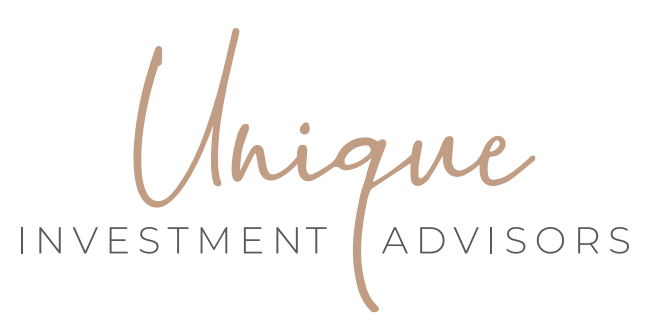
Business Planning Strategies
In today’s competitive business landscape, strategic business planning plays a pivotal role in ensuring long-term success and sustainability. Business owners and executives are constantly seeking innovative strategies to protect their enterprises, retain top talent, and reward key personnel.
- Keyman Insurance
- Defined Benefit Plans
- Split Dollar Plans
- Employee Retention
- Tri-Zen Plans
- Executive Bonus Plans
Keyman Insurance
is designed to financially protect a company in the event of the loss of a key employee or executive due to death or disability.
Split Dollar Plans
are agreements between employers and employees that help establish life insurance policies.
Tri-Zen Plans
are a pre-tax benefit strategy for C-Corps and non profit organizations that utilizes leverage to offer a number of benefits.
Defined Benefit Plans
These pension plans have long been a cornerstone of providing financial security for employees upon retirement.
Employee Retention
is a vital aspect of business planning, as retaining talented and skilled employees is key to long-term growth and success.
Executive Bonus Plans
are designed to reward key executives or employees by providing additional compensation beyond their regular salaries.
Free Consultation
Let us know how we can help.
Unlocking Retirement Security: The Power of Defined Benefit Plans
Unlocking Financial Benefits: Exploring Split Dollar Plans
Building a Strong Foundation: Effective Employee Retention Business Strategies
“People may take a job for more money, but they often leave it for more recognition.”
— Bob Nelson
Exploring the New Tri-Zen® Retirement Plan
In the dynamic world of business finance, staying ahead of the curve is paramount. As business owners seek innovative ways to maximize the bottom line and manage expenses, a new investment plan has emerged on the horizon — the Tri-Zen® plan. This revolutionary approach combines the principles of the popular Kai-Zen® plan with some potential business planning benefits. In the following, we’ll take a look at the intricacies of the Kai-Zen® /Tri-Zen® investment plans, exploring their foundations, benefits, and potential impact on the investment landscape.
What is the Kai-Zen savings plan?
The term “Kai-Zen” originates from Japanese philosophy and translates to “change for the better” or “continuous improvement.” The Kai-Zen® savings plan embodies this concept by incorporating dynamic strategies that adapt to ever-changing market conditions. Unlike traditional qualified investment funds that bear the risk of negative market performance, the Kai-Zen® approach aims to optimize performance and ultimately leave you with more money in your pocket. This is done by setting a 0 floor that protects downside, utilizing leverage to maximize returns, and tax favored distributions when taken in the form of a policy loan.
The core principles:
- Kai-Zen® is an Indexed Universal Life (IUL).
- Enhance/ Supplement passive income in retirement.
- Contributions are leveraged up to 3:1.
Benefits of the Kai-Zen® investment plan:
- Diversification and Risk Management: By actively adapting to changing market conditions, the Kai-Zen® approach aims to optimize returns while managing risks. Kai-Zen plans are commonly utilized as an additional layer of diversification and are often utilized to supplement income outside of other retirement plans. For the risk adverse, market declines are limited to zero.
- Potential Tax-free distributions when taken in the form of a policy loan.
- Tax deferred growth
- No Require Minimum Distributions (RMD’s)
- Utilizes up to 3:1 bank leverage to maximize potential returns
- Guaranteed Death Benefit
- Living benefit riders, such as chronic and terminal illness
- No max contribution limitations, such as in an IRA or 401K.
So, how does the Tri-Zen plan relate?
The Tri-Zen® plan essentially comes with all the above features of Kai-Zen®, but adds some additional employer-related features. The Tri-Zen® is a program designed for employers to make pre-tax contributions. It is a fantastic recruiting and key employee retention strategy, and is often paired with corporate split dollar plans as a powerful enhancement.
The plan comes with the following qualification criteria:
- C-Corporation and non-profit organizations
- Must be under 65 years of age
- Income must be above $200,000+ annually
- Standard or better health rating if premiums are paid by employer
The introduction of both the Tri-Zen® and Kai-Zen® strategies mark a significant evolution in the retirement planning landscape. They allow those looking to go beyond the traditional IRA and 401k retirement plans to do so with significant contributions, less restrictions, and added benefits. As this innovative approach gains traction, it has the potential to reshape retirement planning practices and redefine industry norms.
Unlocking Performance and Motivation: The Power of Executive Bonus Plans
“It’s not the employer who pays the wages. Employers only handle the money. It’s the customer who pays the wages.”
— henry ford















